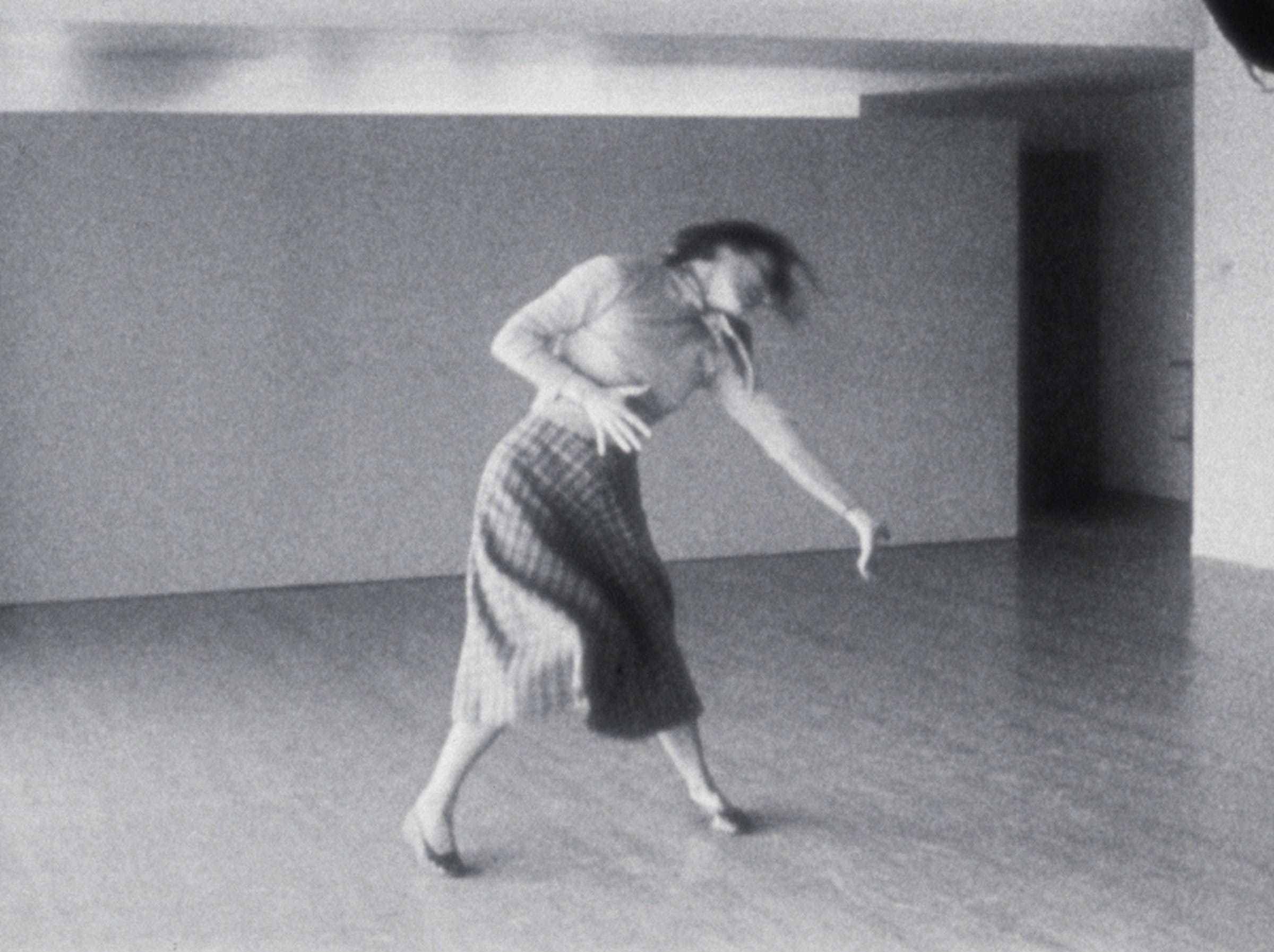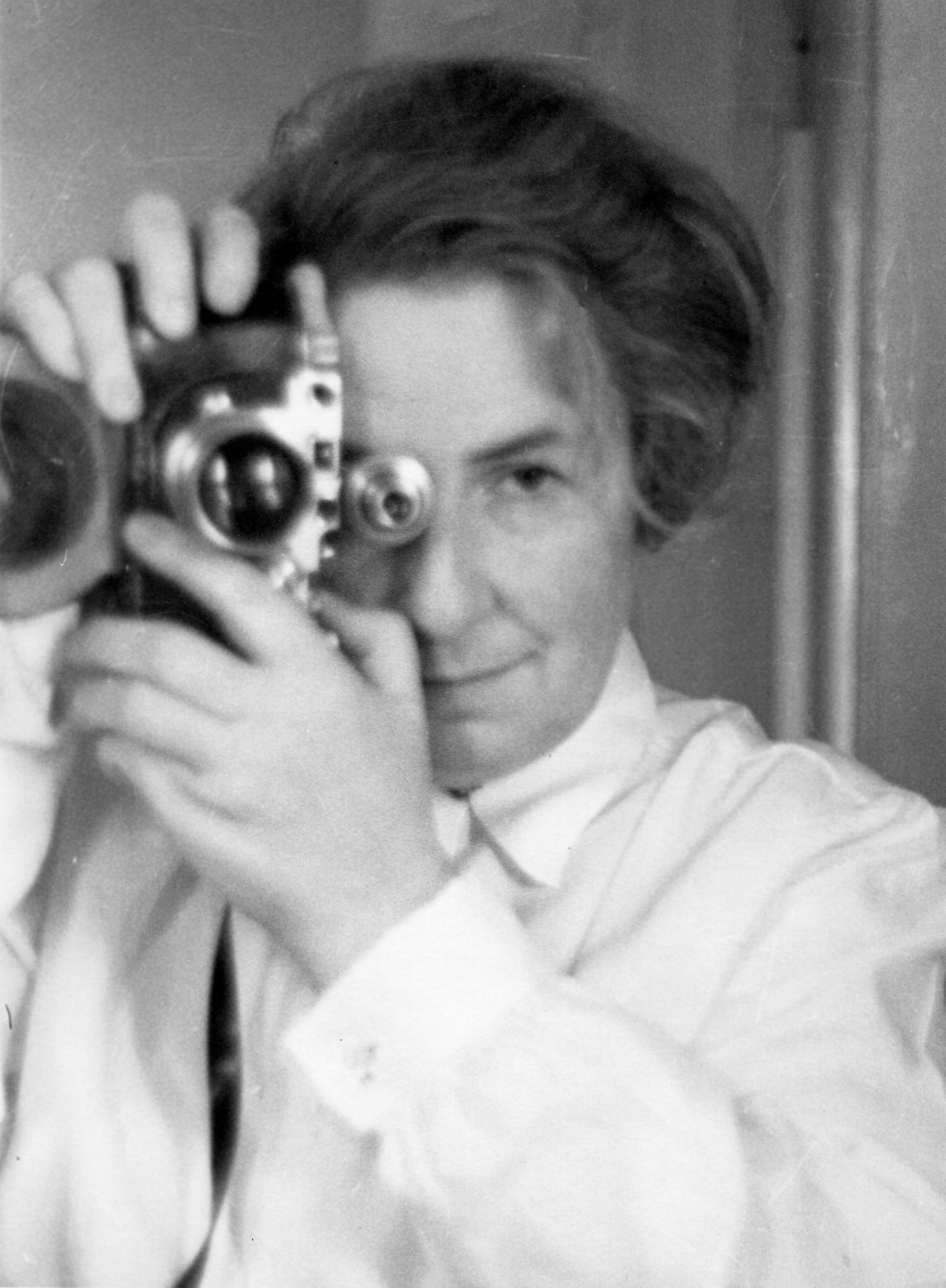Solo dances from the Morrison-Shearer Collection


Not long after her graduation from Skidmore College in 1934, Sybil Shearer (1912-2005) spent a summer of study at Bennington College to pursue modern dance in a program attended by, among others, Martha Graham. Furthering her study in New York City, Shearer dove deeper into the sphere of the flourishing modernist movement, working alongside Agnes de Mille, Doris Humphrey and John Cage. But before long, she began to feel a restlessness and dissatisfaction with the prescribed modern technique:
The “modern” crowd took exception to my use of composers not on the list for “modern” choreographers… Also, lyric movement was off limits. So dyed-in-the-wool “moderns” were still under this spell and these rules, which I never felt obliged to follow…
— Without Wings the Way is Steep: The Autobiography of Sybil Shearer Vol.II
Shearer’s 1941 solo debut at Carnegie Hall was met with highest of praise[1], yet soon after, she made the decision to leave New York City—the epicenter of dance—and practice her art in her own way on the prairies of the Midwest. In considering this move she spoke of the Midwest as “…a magical place… the place that the philosopher Alfred North Whitehead had said was the seedbed of creativity out of which so many artists had come… Everything called for me to create in a new way.”[2]
In 1942 Shearer moved to Chicago to teach dance at Roosevelt College (later to become Roosevelt University) and soon after met portrait photographer Helen Morrison (1901-1984). By that time Morrison had built an impressive portfolio that included many notable individuals within the cultural landscape such as architect Jens Jensen, Thornton Wilder, Bertrand Russell, Jane Addams and Amelia Earhart. Shearer took note of Morrison’s work right away (“It was light – light in relation to the subject, the nuance of shading to bring out character…”) and Morrison became Shearer’s lighting director.
Shearer’s studio in Northbrook, IL was built on land owned by Morrison and her husband, Robert. Designed by Morrison, the building and surrounding land allowed Shearer to teach classes, form the Sybil Shearer Company and perfect her artistic vision. Although she often performed with her small company at venues throughout the Midwest and New York City, her solo work was the force that brought the life-blood to her company and to her own singular magic.
In 1956, the British Film Institute launched their first festival of dance films and contacted Shearer with the request that she film her solos as representations of the modern dance. Although up until then Shearer had refused to be filmed while dancing, Morrison insisted. She filmed Shearer dancing six solos previously performed at Carnegie Hall and sent the reel to be shown at the festival.
Morrison eventually abandoned her portrait photography business altogether and became Shearer’s cinematographer in the creation of many more dance films. Most of these films were shot in Sybil’s studio. Morrison lit and composed them in ways that subtly reveal and express the emotional thread that runs through the dance and the dancer. These films transcend a mere recording of choreography and performance. They present an elevation and synthesis of each woman’s artistic gift, born out of a strong and confident mutual devotion. As a result, these eight works are unique among the genre of dance films.
In 2008, the Morrison-Shearer Foundation contacted CFA to seek assistance with the care of their massive collection of 16mm films and videos housed at the studio of the late dancer, Sybil Shearer. CFA proposed a plan to process and care for the films at CFA’s facilities. Over the span of several years, CFA’s archivists arranged, inspected, rehoused and digitized the films and audio tapes in the collection. In 2016, the Morrison-Shearer Foundation formally donated the collection to CFA.[3] The film prints and elements created by Helen Morrison and Sybil Shearer do not exist anywhere else.
[1] New York Times critic John Martin named her the most promising solo choreographer of the year.
[2] Without Wings the Way is Steep: The Autobiography of Sybil Shearer Vol. II
[3] Films — The Morrison-Shearer Foundation. https://morrisonshearer.org/sybil/films/
Before her death in 2005, Shearer selected eight of her filmed solos to be part of a DVD that would accompany the publication of her autobiography, Without Wings the Way is Steep. These solo works, all filmed by Helen Morrison in her studio, are the films CFA selected to photochemically preserve as part of this project.
Because the films were never formally distributed, prints and elements of them exist in multiple permutations within the Morrison-Shearer Collection, many grouped on reels with films of other dances. This is the case with the films Shearer selected for the DVD, which each appear on reels among other dances that were filmed at the same time.
We decided to preserve the eight filmed solos in situ, preserving the entire reel that each film appeared on. This yielded the preservation of eight additional filmed dances, for a total of sixteen dances.
These are the four reels preserved, along with a listing of the contents of each. Titles in bold are those Sybil Shearer selected for the DVD accompanying her posthumous autobiography.
In a Vacuum (16mm, circa 1950s)
This dance was first performed at Sybil Shearer’s 1941 solo debut at Carnegie Hall. Somewhat Chaplinesque and humorous, the dance portrays the mechanization and monotony of the individual “engaged in repetitive tasks, isolated from all about them”.
Additional filmed dances preserved on this reel are: Every Nook and Cranny and Shallow Water, as well as duplicates of O Lost and No Peace on Earth.
O Lost (16mm, circa 1950s)
This dance premiered on December 4, 1942 at the Skidmore Little Theatre in New York City. This dance is a study of an individual’s “weary conformity” that erupts suddenly with ragged and suppressed emotion.
No Peace on Earth (16mm, circa late 1950s)
This dance was premiered on March 11, 1945 at Kaufmann Auditorium YMHA in New York City. In 1947 after a performance, Ann Barzel wrote in the Chicago Times, “…a masterly, concise presentation of misery.”
This reel also contains an additional filmed dance, entitled Scarlatti.
Untitled Dances: (Moussorgsky) (16mm, circa 1950)
This piece was first danced in April, 1949, at Carnegie Hall in New York City and was filmed in 1956 at the request of the British Film Institute. Untitled was the climax of the concert and was danced to the composer’s work titled “Pictures at an Exhibition”. Shearer noted “It was one of my favorite dances through the years, because it was for me a great adventure, a visit to another time, another place to which I felt I had in some way been transported as in a dream”
This film is preceded by five additional filmed dances, all untitled, to the music of Corelli, Schubert, Debussy, Rachmaninoff, and Ravel.
Salute to Old Friends: Doris Humphrey (16mm, 1948)
Music performed by Miles Davis – “I Don’t Wanna Be Kissed by Anyone But You”
A solo dance tribute to dancer Doris Humphrey with jazz accompaniment. Before moving to Chicago in 1942, Shearer trained and danced with the Humphrey-Weidman Dance Company, co-founded by Doris Humphrey in New York.
Salute to Old Friends: Walter Terry (16mm, 1948)
Music performed by Count Basie group – “St. Louis Blues.”
A solo dance tribute to dance critic Walter Terry with jazz accompaniment. Terry once wrote of Shearer, “She is one of the world’s foremost modern dancers…Miss Shearer not only looks at her trees, she is one of them.”
Salute to Old Friends: Agnes de Mille (16mm, 1948)
Music performed by Dave Brubeck Quartet – “Stompin’ for Mili”
A solo dance tribute to dancer Agnes de Mille with jazz accompaniment. Shearer trained and danced with Agnes DeMille before moving to Chicago in 1942.
Salute to Old Friends: John Martin (16mm, 1948)
Music performed by Benny Goodman Quintet – “I Cried For You”
A solo dance tribute to dance critic John Martin with jazz accompaniment. Shearer wrote about him, I owe much to… John Martin. …John was always an irritant against which I could test my “point of view”.
Each of these films is now photochemically preserved, with new negatives on polyester film stock, and new prints available for exhibition.



